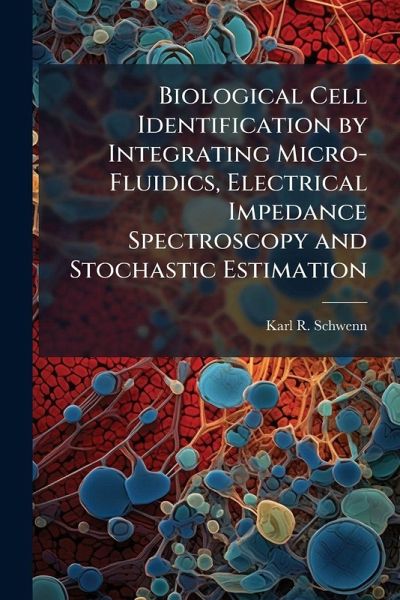
Biological Cell Identification by Integrating Micro-Fluidics, Electrical Impedance Spectroscopy and Stochastic Estimation

PAYBACK Punkte
9 °P sammeln!
The integration of micro-fluidics, electrical impedance spectroscopy and stochastic estimation will lead to a device with enhanced detection capabilities. The goal of this thesis was to build a micro-fluidic electrical impedance measurement device that can be used in combination with a stochastic estimator to accurately identify living cells. A microdevice capable of making impedance measurements on individual living cells was designed and built using a series of standard microelectronic fabrication techniques. A microchannel was patterned in SU-8 photoresist between two gold microelectrodes o...
The integration of micro-fluidics, electrical impedance spectroscopy and stochastic estimation will lead to a device with enhanced detection capabilities. The goal of this thesis was to build a micro-fluidic electrical impedance measurement device that can be used in combination with a stochastic estimator to accurately identify living cells. A microdevice capable of making impedance measurements on individual living cells was designed and built using a series of standard microelectronic fabrication techniques. A microchannel was patterned in SU-8 photoresist between two gold microelectrodes on a two inch Pyrex 7740 wafer. The design process, the fabrication techniques for the microchannel, the fluid port fabrication and the cover slip bonding processes are described in detail. Small glass cover slips were bonded to the wafer using Loctite 3301 adhesive. Impedance measurements of single cells, in the microchannel device, were made using a HP4194A impedance analyzer. Preliminary analysis of the impedance data suggests that Jurkat cells have characteristic impedance signatures, corresponding to their cell type. The microdevice that was designed and built for this project should facilitate future work to implement a stochastic estimation algorithm capable of single cell identification. This work has been selected by scholars as being culturally important, and is part of the knowledge base of civilization as we know it. This work was reproduced from the original artifact, and remains as true to the original work as possible. Therefore, you will see the original copyright references, library stamps (as most of these works have been housed in our most important libraries around the world), and other notations in the work. This work is in the public domain in the United States of America, and possibly other nations. Within the United States, you may freely copy and distribute this work, as no entity (individual or corporate) has a copyright on the body of the work. As a reproduction of a historical artifact, this work may contain missing or blurred pages, poor pictures, errant marks, etc. Scholars believe, and we concur, that this work is important enough to be preserved, reproduced, and made generally available to the public. We appreciate your support of the preservation process, and thank you for being an important part of keeping this knowledge alive and relevant.



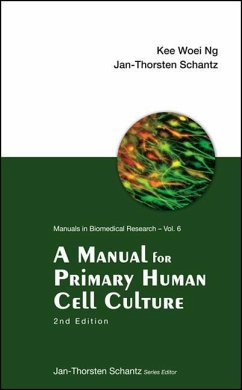
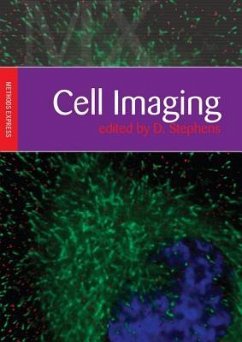
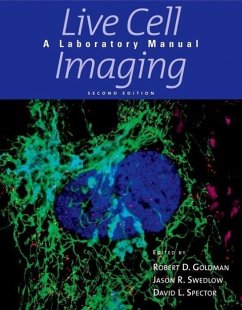
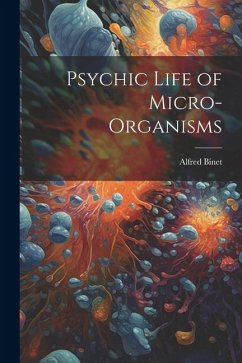


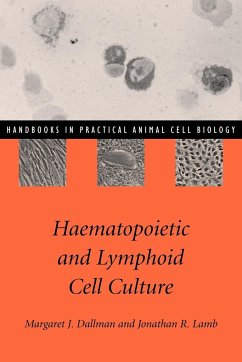
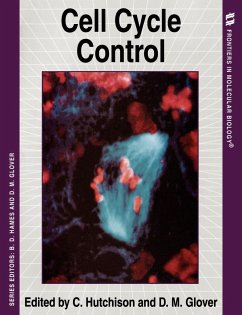

![The Spherical Bacteria Cell [microform]: the Constructor of the Earth and Her Life Through the Radioactive Construction of Electro-magnetic Particles Cover The Spherical Bacteria Cell [microform]: the Constructor of the Earth and Her Life Through the Radioactive Construction of Electro-magnetic Particles](https://bilder.buecher.de/produkte/66/66148/66148901n.jpg)